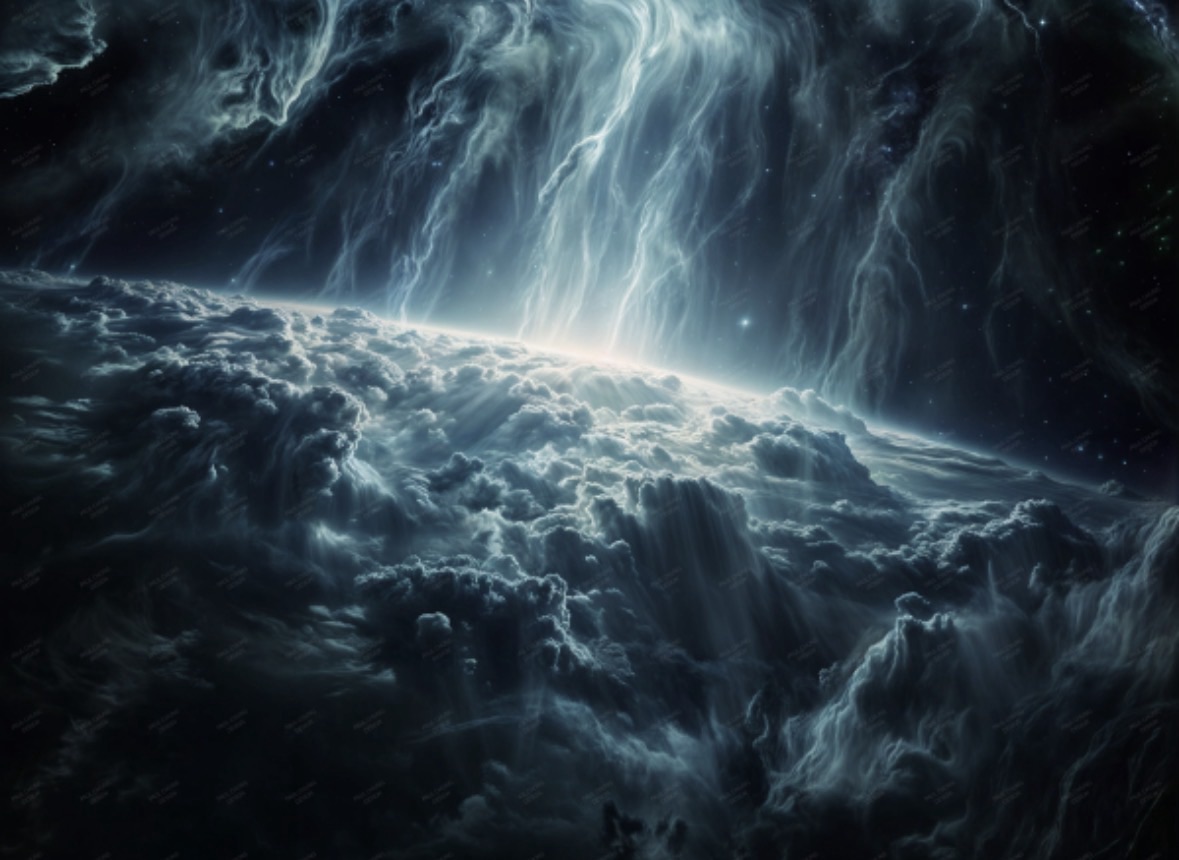An amateur archaeologist and film maker claims to have identified what could be the remains of some of Christ's 12 disciples in a first century burial chamber buried beneath a block of flats in Jerusalem.
A team led by Simcha Jacobovic, a Canadian documentary director, used a robot to photograph a number of limestone burial caskets, found below a block of flats, which may provide an unprecedented glimpse into Christianity's earliest days.
But the potential significance of the discovery is almost certain to be overshadowed by controversy, with Mr Jacobovic using it as new evidence to bolster his widely disputed claims to have identified the bones of Christ and his family at a nearby burial site.
The caskets, known as ossuaries, were inscribed with what some independent experts said could plausibly be the earliest Christian iconography ever documented.
One of the ossuaries carries an etching of a fish with what appears to be a human head in its mouth, perhaps an image of Jonah, the reluctant Old Testament prophet. The story was of major significance to early Christians and is referred to in the Gospels because Jonah spent three days in the belly of the giant fish that swallowed him, just as Christ spent three days in the tomb.
The fish was also seen as a sacred symbol by early Christians; not only did fish feature in a number of Christ's miracles, but many of the disciples were fishermen, while the Greek for fish – ichthys – is held to be an acronym for "Jesus Christ, God's Son, Saviour".
Independent archaeologists say no Jewish tomb from antiquity is known to have carried a picture of a fish, giving further credibility to the theory that the etching is indeed Christian.
A second, adjacent ossuary is engraved with a Greek inscription that appears to refer to resurrection. It could be translated as "Divine Jehovah, raise up, raise up." Some Israeli archaeologists, however, said that some contemporary Jewish communities, including the Pharisees and the Essenes, also believed in resurrection.
The tomb, like others uncovered in Jerusalem, would almost certainly date to before AD 70, the year the city was destroyed by a Roman army. As a result, if the bones are shown to belong to early Christians they may well have been contemporaries of Christ and perhaps even his disciples as the community in Jerusalem was considered to be small at the time.
Further investigation is likely to be tricky, however. Although the chamber was discovered in 1981, excavation has been impossible because of an edict by Jewish religious authorities who hold that it is sacrilegious to interfere with Jewish tombs.
After years of negotiation, Mr Jacobovic, himself an Israeli-born Jew, managed to win approval to lower a robotic arm beneath the tower block to photograph the ossuaries.
According to Mr Jacobovic and his colleague James Tabor, a biblical scholar at the University of North Carolina, the discovery gives greater credence to their controversial claim that a chamber they called "the Garden tomb" nearby housed the remains of Christ.
They have concluded that both tombs, which lie in the Jerusalem district of East Talpiot, are probably located on the rural estate of Joseph of Arimathea, who the Gospels say took charge of Christ's burial.
"These two tombs, both dating to around the time of Jesus, are less than 200 feet apart," they wrote in a report published yesterday. "Any interpretation of one tomb has to be made in the light of the other. As a result, we believe a compelling argument can be made that the Garden tomb is that of Jesus of Nazareth and his family."
Their widely challenged assertions rest on the discovery in 1981 of ossuaries in the Garden tomb that appear to carry names similar to those of Jesus, Mary and Joseph. Two others carried the names of "Judah, son of Jesus" and a woman they claimed could have been Mary Madgalene, whom they suggested could have been Christ's wife in a theory given popular appeal in Dan Brown's novel the "Da Vinci Code".
But the Israeli archaeologists who discovered the ossuaries dismissed Mr Jacobovic's conclusions as nonsense, saying such names were common at the time.
Biblical scholars have also pointed out that, as a Galilean, Christ would not have been buried in Jerusalem, particularly not in a tomb that suggested considerable wealth given His humble origins.
Israeli archaeologists, who jokingly refer to Mr Jacobovic as "Indiana Jones", point out that he is a film maker with no academic qualifications beyond a bachelor's degree and say he has "cherry-picked" findings from experts on his team to create the flimsiest of cases.
"His Jesus theory is conjecture built upon deception built upon wilful misinterpretation in order to spin a moneymaking yarn and garner publicity," said one archaeologist who asked not to be identified in order not to link his name to the claims.
The Mistakes Archaeologists & Researchers Make- Noah’s Ark 2
-
Let’s delve into Part Two right away. When you dive into ancient Near
Eastern history, the word Ararat itself comes from an Acadian word, which
means Urart...
6 hours ago





































No comments:
Post a Comment